Navigating the 2025 Honda CR-V: A Comprehensive Look at Potential Issues and Solutions
Navigating the 2025 Honda CR-V: A Comprehensive Look at Potential Issues and Solutions
Introduction
In this auspicious occasion, we are delighted to delve into the intriguing topic related to Navigating the 2025 Honda CR-V: A Comprehensive Look at Potential Issues and Solutions. Let’s weave interesting information and offer fresh perspectives to the readers.
Table of Content
Navigating the 2025 Honda CR-V: A Comprehensive Look at Potential Issues and Solutions
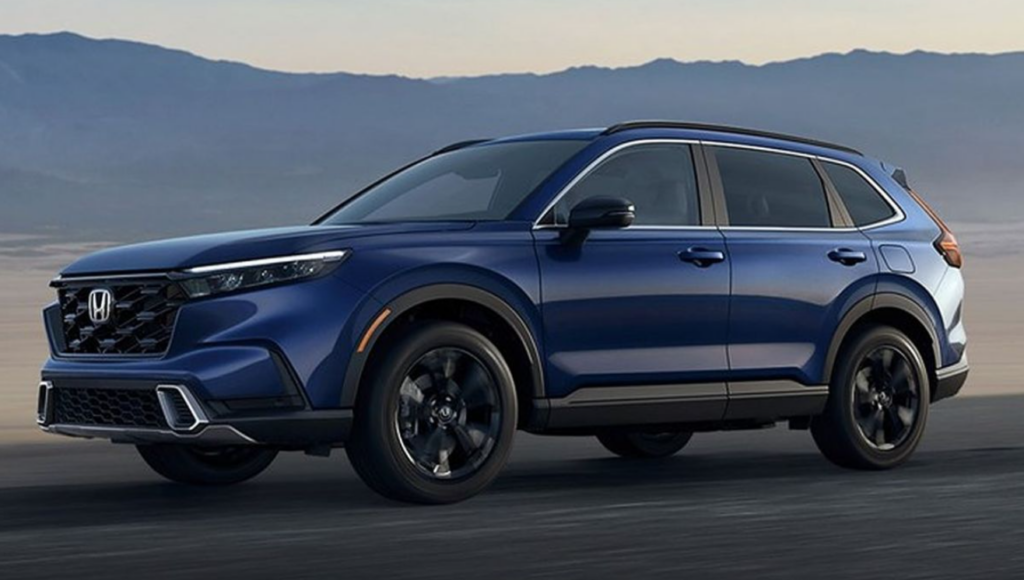
The Honda CR-V has long held a reputation for reliability and practicality, making it a popular choice for families and individuals alike. However, as with any vehicle, the 2025 model year may present its own set of potential issues. This article aims to provide a comprehensive overview of these potential concerns, offering insights into their causes, symptoms, and potential solutions. By understanding these aspects, prospective buyers can make informed decisions and ensure a smoother ownership experience.
Understanding the 2025 CR-V: A Foundation for Assessment
Before delving into specific issues, it is essential to understand the 2025 Honda CR-V’s core features and technological advancements. The latest iteration of this popular SUV is likely to boast a refined powertrain, advanced safety systems, and a more intuitive infotainment system. However, these technological advancements can also introduce new potential areas for concern.
Potential Areas of Concern: A Detailed Examination
While comprehensive data on the 2025 CR-V’s reliability will only be available after extensive use, based on historical trends and industry observations, several areas warrant closer examination.
1. Infotainment System and Connectivity Issues:
The 2025 CR-V is expected to feature a sophisticated infotainment system with advanced connectivity features. However, early adopters of new technology often face challenges with software glitches, compatibility issues, or slow response times.
Causes:
- Software Bugs: New software releases may contain unforeseen bugs that can cause malfunctions.
- Connectivity Issues: Fluctuations in cellular network coverage or internet connectivity can disrupt data transfer and functionality.
- Hardware Compatibility: The integration of new hardware components may lead to compatibility issues, particularly in the initial stages of production.
Symptoms:
- System Crashes: Unexpected shutdowns or freezes of the infotainment system.
- Slow Response Times: Lagging performance when accessing apps, navigating menus, or connecting to Bluetooth devices.
- Navigation Errors: Inaccurate or incomplete navigation data, leading to incorrect routes.
Solutions:
- Software Updates: Honda will likely release software updates to address any known bugs or improve system performance.
- Connectivity Check: Ensure a strong cellular signal or stable Wi-Fi connection for optimal performance.
- Hardware Inspection: In case of persistent issues, consult a Honda dealer for a hardware inspection.
2. Advanced Driver-Assistance Systems (ADAS) Malfunctions:
The 2025 CR-V is likely to feature enhanced ADAS systems for improved safety. However, these systems rely on complex sensors and algorithms, which can be susceptible to malfunctions.
Causes:
- Sensor Malfunctions: Dirt, debris, or damage to sensors like cameras or radar can affect their accuracy.
- Software Errors: Glitches in the software controlling ADAS systems can lead to unintended actions or inaccurate readings.
- Environmental Factors: Heavy rain, snow, or fog can interfere with sensor performance.
Symptoms:
- False Alerts: Unnecessary warnings or activations of ADAS features.
- Inaccurate Lane Keeping: Drifting outside of lanes or jerky steering adjustments.
- Delayed Braking: Reduced responsiveness of automatic emergency braking.
Solutions:
- Sensor Cleaning: Regularly clean sensors to ensure unobstructed operation.
- Software Updates: Honda may release software updates to address any known ADAS issues.
- Dealer Inspection: If issues persist, consult a Honda dealer for a thorough inspection and potential repairs.
3. Engine and Transmission Performance Issues:
While Honda engines are generally known for their reliability, new engine designs or transmission configurations can sometimes present unforeseen issues.
Causes:
- Fuel System Issues: Clogged fuel injectors, faulty fuel pumps, or issues with the fuel delivery system can affect engine performance.
- Transmission Problems: Improper lubrication, faulty sensors, or electrical issues can lead to shifting problems.
- Engine Management System Malfunctions: Problems with the engine control unit (ECU) or its sensors can lead to reduced power, rough idling, or increased fuel consumption.
Symptoms:
- Reduced Power: Noticeable loss of acceleration or engine power.
- Rough Idling: Unstable engine speed at idle, accompanied by vibrations.
- Transmission Slipping: Delayed or hesitant shifting, or a feeling of slipping gears.
Solutions:
- Regular Maintenance: Adhere to recommended service intervals for engine and transmission fluids.
- Fuel System Cleaning: Periodically clean fuel injectors and fuel lines to prevent clogging.
- Dealer Inspection: If issues persist, consult a Honda dealer for a diagnostic check and necessary repairs.
4. Electrical System Malfunctions:
Modern vehicles rely heavily on complex electrical systems. Issues with wiring, fuses, or electrical components can lead to a range of problems.
Causes:
- Wiring Issues: Damaged, corroded, or loose wiring can disrupt electrical signals.
- Faulty Fuses: Blown fuses can interrupt power supply to specific components.
- Electrical Component Failures: Malfunctioning sensors, actuators, or control modules can disrupt electrical circuits.
Symptoms:
- Dim or Flickering Lights: Issues with the electrical system can affect the brightness or stability of vehicle lights.
- Electronic Malfunctions: Failure of power windows, door locks, or other electronically controlled components.
- Warning Lights: Illumination of various warning lights on the dashboard, indicating potential electrical issues.
Solutions:
- Visual Inspection: Check for any visible damage to wiring or components.
- Fuse Replacement: If a fuse is blown, replace it with a fuse of the correct amperage.
- Dealer Inspection: For persistent electrical issues, consult a Honda dealer for a thorough diagnostic check and repairs.
5. Body and Paint Quality Issues:
While Honda vehicles are generally known for their quality, some models have experienced issues with paint durability or body panel fitment.
Causes:
- Paint Defects: Uneven application of paint, scratches, or chips can affect the vehicle’s appearance and protection.
- Body Panel Fitment: Misaligned body panels can create gaps or uneven lines, compromising the vehicle’s aesthetics.
- Corrosion: Exposure to harsh weather conditions or road salt can lead to corrosion on body panels or undercarriage components.
Symptoms:
- Paint Flaking: Peeling or flaking paint, exposing the underlying metal.
- Uneven Panel Gaps: Misaligned body panels creating noticeable gaps or uneven lines.
- Rust Formation: Appearance of rust on body panels, undercarriage, or other metal components.
Solutions:
- Protective Measures: Use car covers or waxes to protect the paint from environmental damage.
- Professional Detailing: Consider professional detailing services to address minor paint imperfections.
- Dealer Inspection: For more significant paint or body issues, consult a Honda dealer for repairs or warranty coverage.
FAQs: Addressing Common Questions and Concerns
1. How Can I Avoid Potential Issues with the 2025 CR-V?
- Thorough Inspection: Before purchasing, have the vehicle inspected by a qualified mechanic to identify any pre-existing issues.
- Research and Reviews: Read reviews and forums to gain insights into common problems reported by other owners.
- Regular Maintenance: Adhere to Honda’s recommended maintenance schedule for engine, transmission, and other critical components.
2. What Should I Do If I Experience a Problem with My 2025 CR-V?
- Consult the Owner’s Manual: The manual provides detailed information on troubleshooting common issues.
- Contact Honda Customer Service: Reach out to Honda’s customer service department for assistance or to report any concerns.
- Visit a Honda Dealer: If the problem persists, schedule an appointment with a Honda dealer for diagnosis and repairs.
3. What is Honda’s Warranty Coverage for the 2025 CR-V?
- Basic Warranty: Honda typically offers a 3-year/36,000-mile bumper-to-bumper warranty and a 5-year/60,000-mile powertrain warranty.
- Corrosion Warranty: A separate warranty covers corrosion for a specific period or mileage.
- Roadside Assistance: Most Honda vehicles come with complimentary roadside assistance for a certain period.
Tips for a Smooth Ownership Experience:
- Keep Detailed Records: Maintain a record of all maintenance and repairs performed on the vehicle.
- Use Quality Parts: If repairs are needed, use genuine Honda parts or parts from reputable aftermarket suppliers.
- Stay Informed: Stay updated on any recalls or technical bulletins issued by Honda for the 2025 CR-V.
Conclusion: Embracing Informed Decision-Making
While potential issues may arise with any vehicle, understanding these concerns allows for informed decision-making and proactive steps to ensure a smoother ownership experience. By conducting thorough research, adhering to recommended maintenance practices, and addressing issues promptly, owners can maximize the reliability and longevity of their 2025 Honda CR-V.
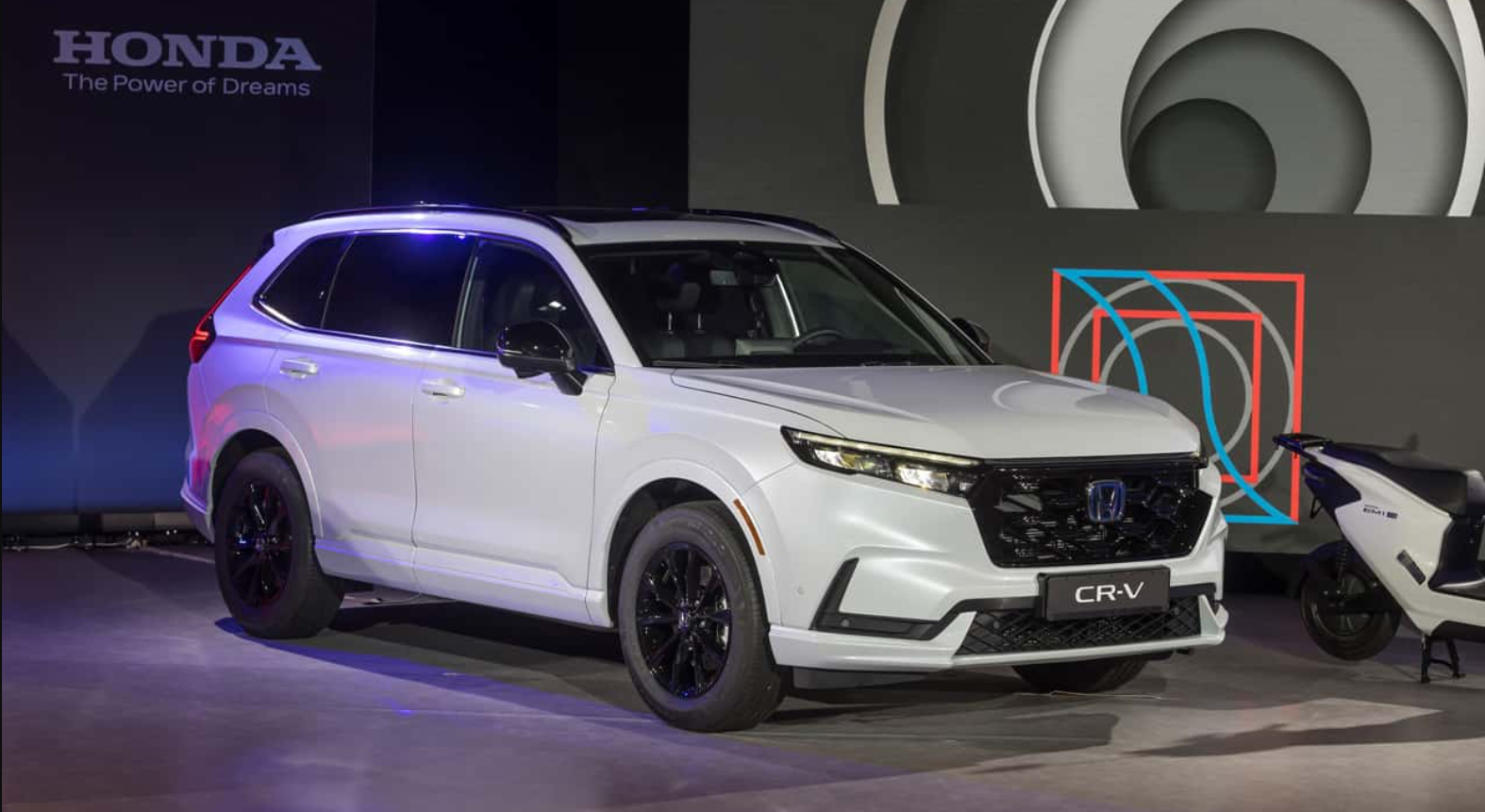
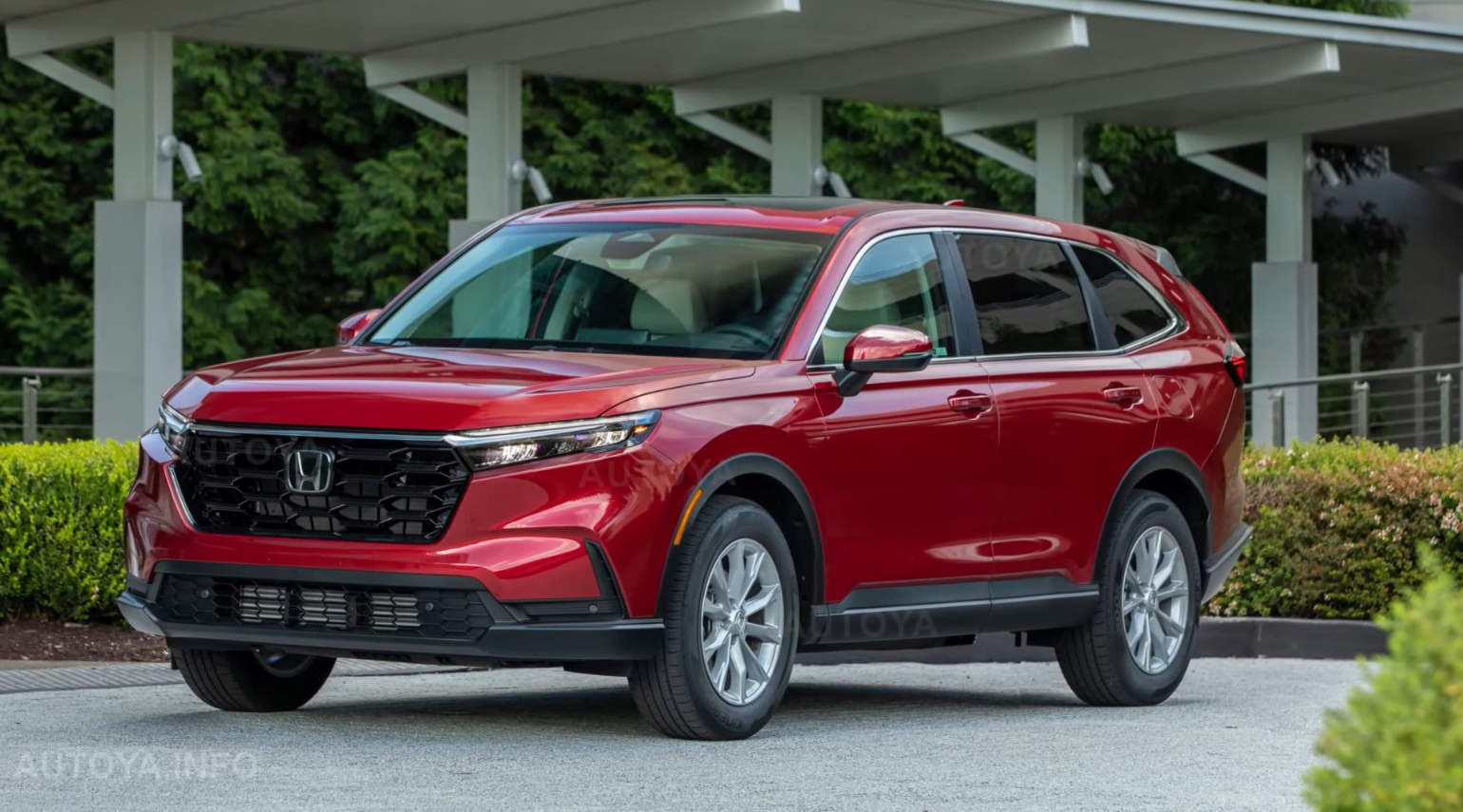


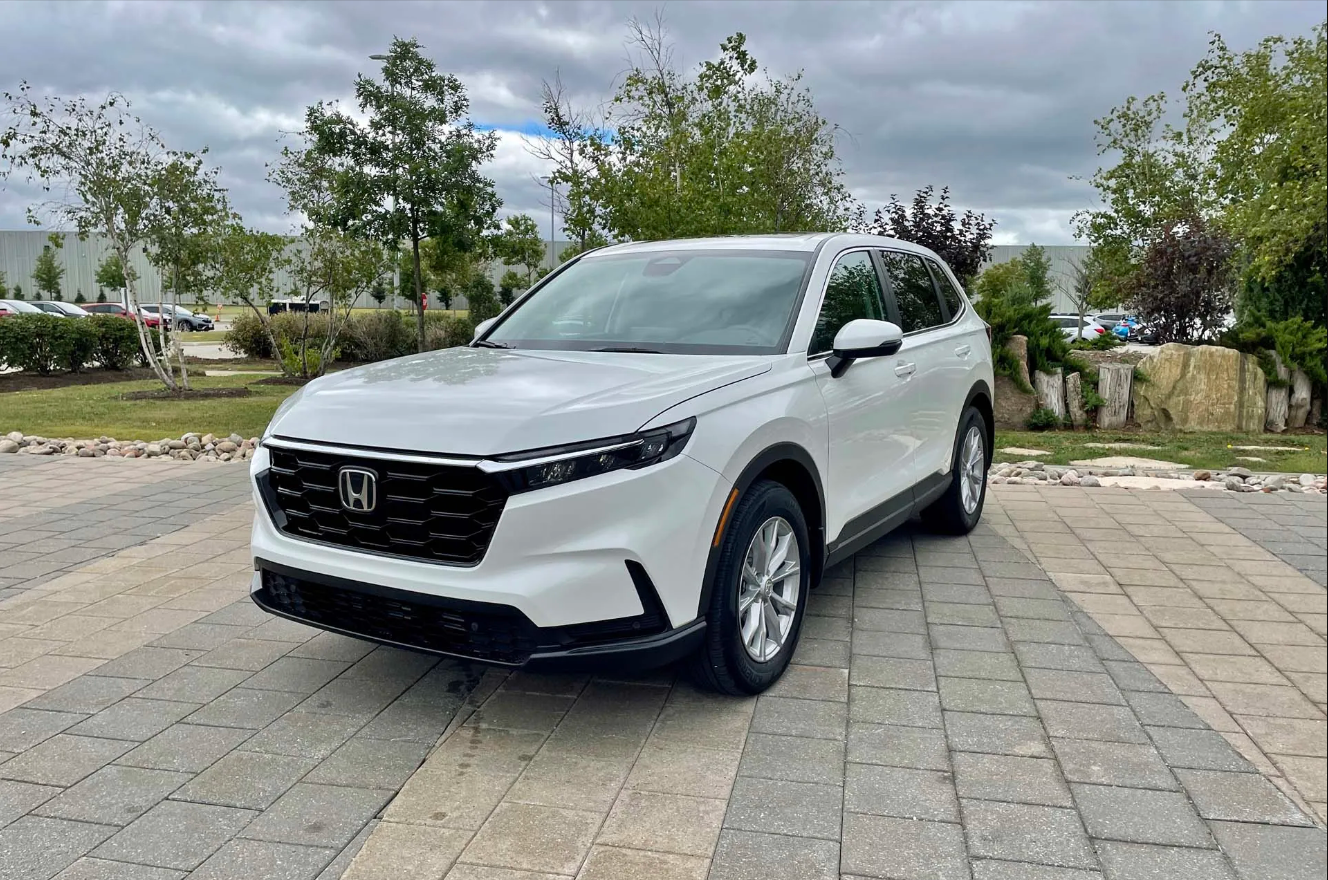


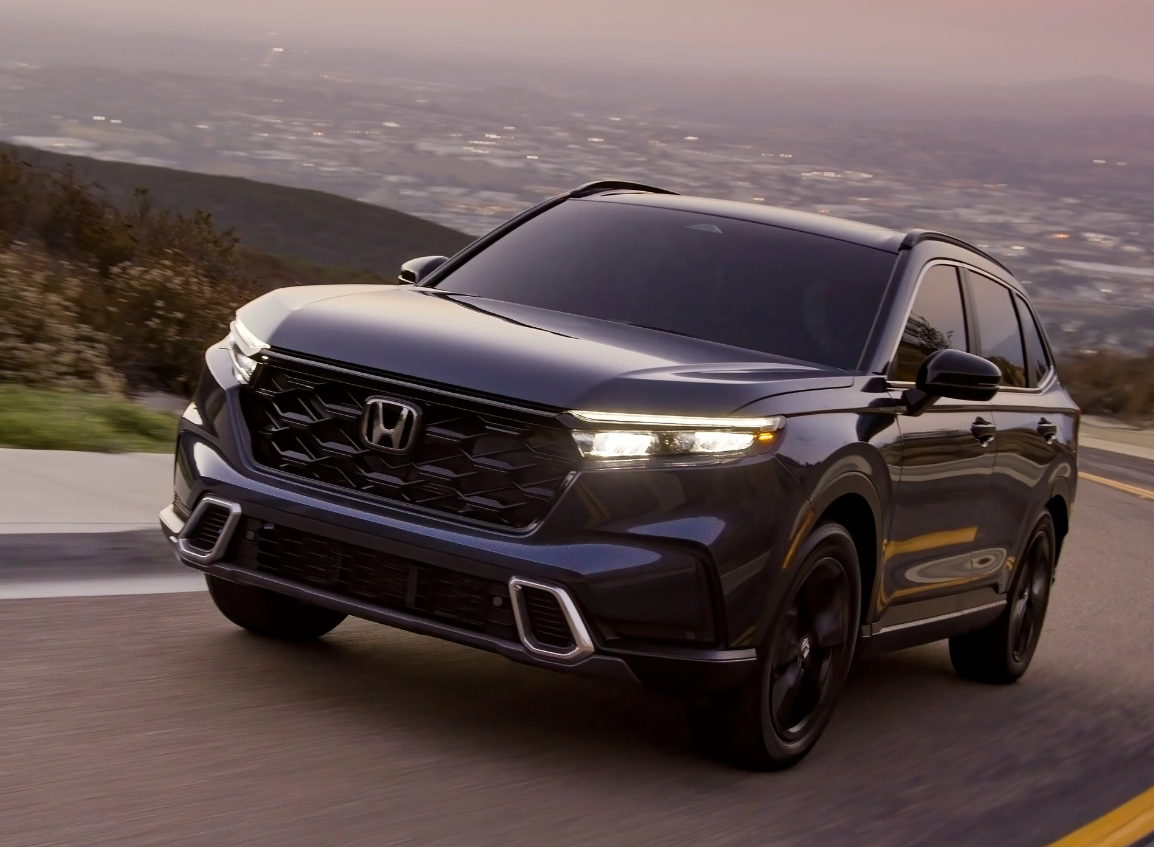
Closure
Thus, we hope this article has provided valuable insights into Navigating the 2025 Honda CR-V: A Comprehensive Look at Potential Issues and Solutions. We appreciate your attention to our article. See you in our next article!